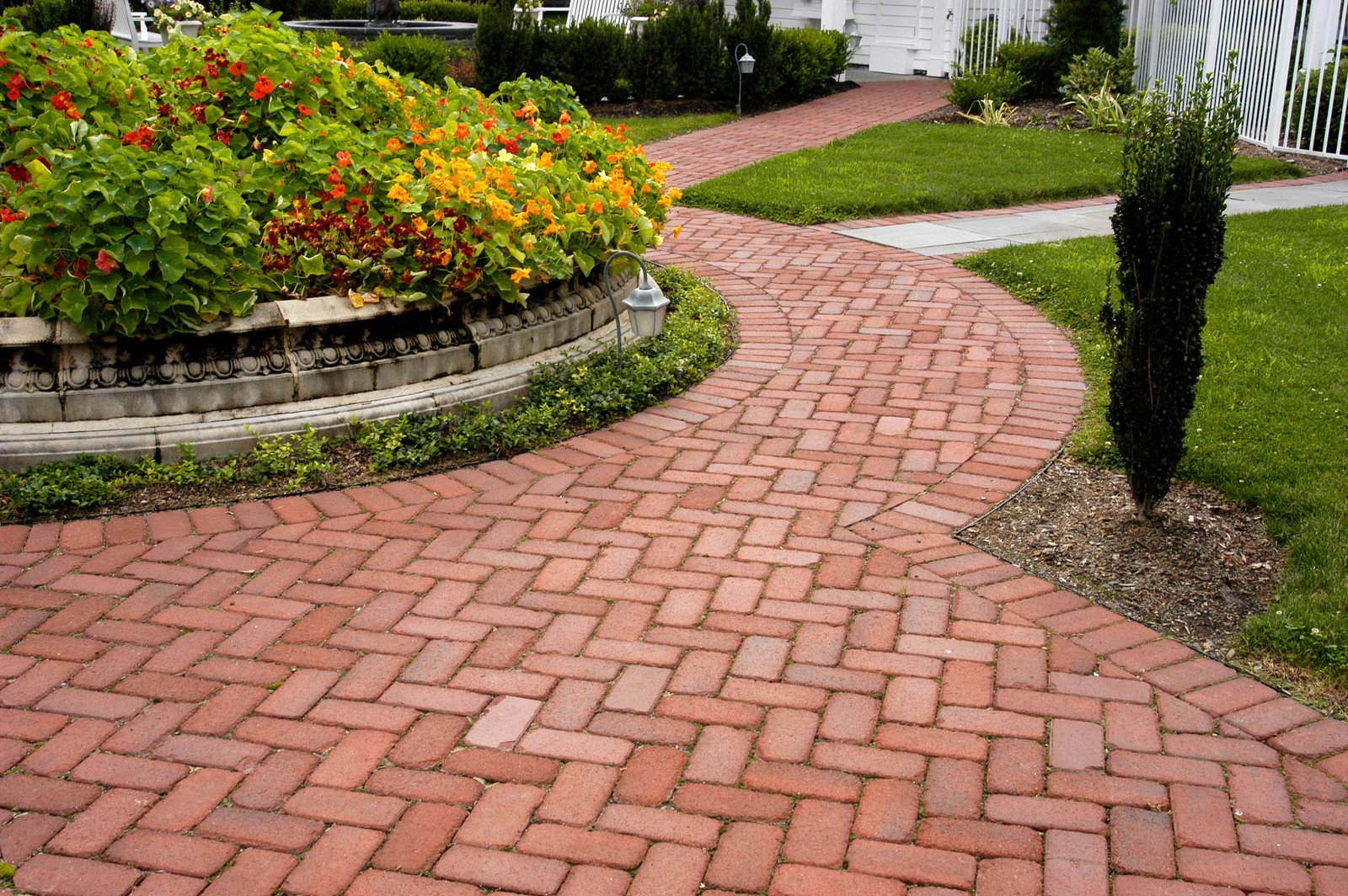From ancient structures to contemporary buildings, brick patterns have played a vital role in architecture and design, showcasing both functional and aesthetic appeal. Historically, bricks have been utilized since the Mesopotamian era, with their origins traced back to the sun-dried and baked clay units that offered durability and stability. The use of bricks proliferated across various cultures, adapting to local materials and construction techniques, which paved the way for diverse applications in masonry.
One of the primary reasons bricks have maintained their relevance throughout history is their versatility. Their uniform structure allows for a myriad of design possibilities, facilitating unique patterns that enhance visual interest in both exterior and interior spaces. Today, designers and architects favor brick patterns not only for their historical significance but also for their enduring beauty and practicality. When combined with modern building techniques and architectural styles, bricks yield a charm that bridges traditional craftsmanship with contemporary innovation.
Additionally, the selection of different types of bricks significantly influences the choices made regarding brick patterns. Common varieties include clay bricks, concrete bricks, and fly ash bricks, each possessing unique properties that affect their appearance and usage. Clay bricks, known for their rich colors and thermal insulation capabilities, are often favored in residential projects. Conversely, concrete bricks offer enhanced strength and adaptability, making them suitable for industrial constructions. These distinct characteristics drive the decision-making process in pattern selection, ultimately shaping the overall aesthetic of the built environment.
As we delve deeper into the intricacies of brick patterns, we will explore various styles, their applications, and the factors to consider during design and installation, enriching our understanding of this essential architectural element.
Popular Brick Patterns Explained
Brick patterns have long been favored in both construction and landscaping due to their aesthetic versatility and structural integrity. Understanding the variety of popular brick patterns is essential for making informed design choices. Among these, the running bond pattern is perhaps the most commonly used. Characterized by rows of bricks laid in a staggered formation, this pattern creates a sense of continuity and uniformity. It’s particularly suited for walls and pathways, lending a classic touch to both residential and commercial properties.

Another notable pattern is the herringbone design, which features bricks arranged at 45-degree angles in a zigzag formation. This pattern adds a dynamic visual element to surfaces, often seen in high-traffic areas such as sidewalks and patios. Its interlocking shape not only enhances visual interest but also increases durability, making it a popular choice for both indoor and outdoor spaces.
The basketweave pattern, on the other hand, consists of alternating pairs of bricks set either horizontally or vertically to create a checkerboard appearance. This pattern can introduce a more intricate texture, ideal for seating areas and courtyards. Its unique layout allows for creative variations, making it a flexible choice for various design styles.
Further, the stack bond pattern relies on an arrangement of bricks aligned directly above one another, creating a grid-like effect. While it simplifies installation, achieving a visually striking effect requires color contrasts or material variations. This pattern is often employed in contemporary architecture, offering a sleek, minimalist look.
Each of these brick patterns presents distinct characteristics and is best utilized under specific applications. By recognizing the visual effects and functional benefits associated with each style, designers and homeowners can enhance their spaces through thoughtful brick pattern selection, ensuring that the chosen design complements the overall aesthetic while maintaining durability.
Choosing the Right Brick Pattern for Your Project
Selecting the appropriate brick pattern for your project is critical to achieving both aesthetic appeal and functional performance. The first consideration should be the location of the installation. Different settings, such as patios, walkways, and walls, can benefit from specific brick patterns. For instance, herringbone patterns may add a sense of sophistication in outdoor areas, while running bond patterns provide a classic and timeless appearance suitable for various applications.
Functionality is also an essential factor. If the area experiences heavy foot traffic, durability should be prioritized, favoring intricate patterns like basketweave, which can withstand wear and tear effectively. Furthermore, climate considerations play a significant role in maintaining the longevity of brick surfaces. In regions with harsh weather conditions, opting for durable brick patterns can mitigate the risks of cracking and shifting, ensuring that your design withstands the test of time.
Personal style preferences cannot be overlooked during the selection process. Think about the overall theme of your project and the appeal you want to create. A rustic display might benefit from a cobblestone-style pattern, whereas modern architecture may require clean, symmetrical lines offered by a stack bond. It’s also crucial to harmonize your chosen brick pattern with existing structures and landscaping. Consider aspects like color, texture, and proximity to other materials, ensuring a cohesive look that enhances your environment.
Additionally, maintenance should also be evaluated. Some brick patterns may require more frequent cleaning and resealing, which could affect your long-term upkeep plans. Therefore, a well-considered choice involves balancing these various factors to select a brick pattern that complements your vision and fulfills practical requirements.

Installation Tips and Techniques for Brick Patterns
When embarking on the installation of brick patterns, proper planning and strategic execution are paramount to achieving a visually appealing and structurally sound outcome. To begin with, gather the necessary tools which typically include a trowel, level, measuring tape, brick saw, and a jointing tool. These tools will assist in cutting, placing, and aligning bricks accurately. Additionally, having a mix of mortar ready is essential, as it serves as the adhesive that will hold your brick pattern firmly in place.
Prior to laying your first brick, take the time to plan your pattern meticulously. Consider the layout and how the final design aligns with your space. Mark the area with chalk lines to guide your installation effectively. This preliminary step helps avoid unnecessary adjustments later, which can lead to misalignment. When positioning the bricks, always start from a corner or a defined edge, and work your way outward to maintain consistency.
To ensure that the brick patterns remain aligned and the spacing is uniform, utilize a level regularly throughout the installation process. It’s crucial to check both the vertical and horizontal alignment of each brick as you progress. If you notice any deviations, make adjustments immediately to prevent further complications.
Common mistakes include inadequate mortar application or not accounting for the expansion joints needed for brickwork. Insufficient mortar can lead to weakened bonds; thus, it is important to apply a sufficient layer allowing for good adhesion. Should any challenges arise, such as cracked bricks or misalignments, troubleshoot promptly. Remove the improperly placed bricks, clean off the old mortar, and reposition following your alignment guidelines. Consistent monitoring during installation will help create a durable and aesthetically pleasing brick pattern that enhances the design of your chosen space.

